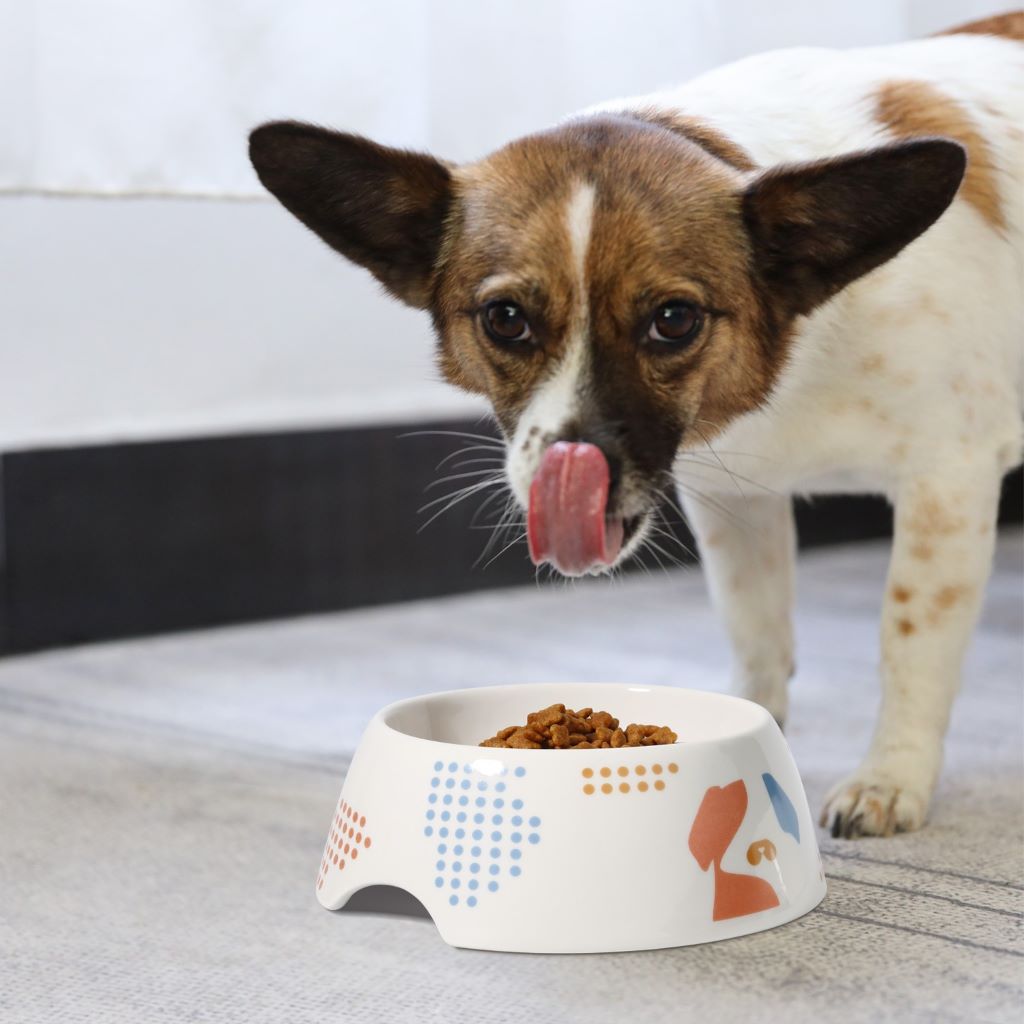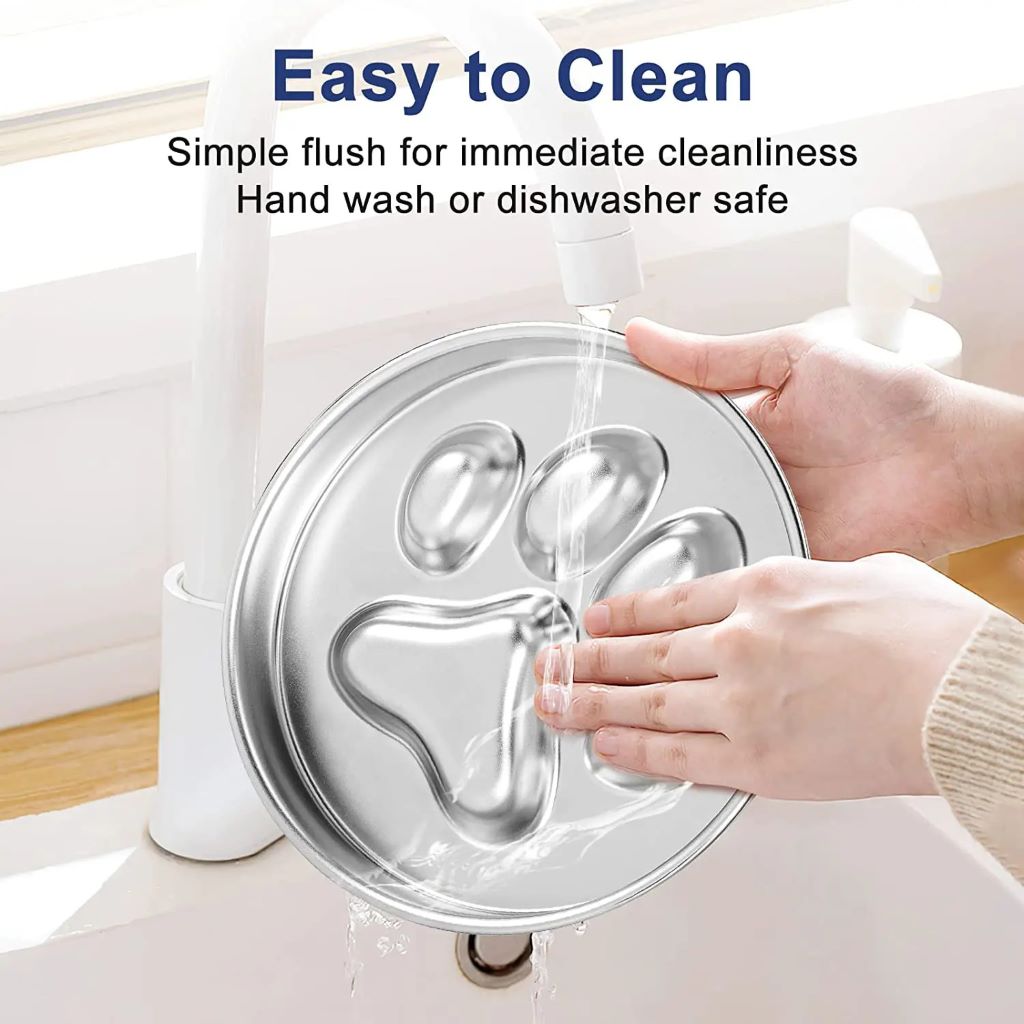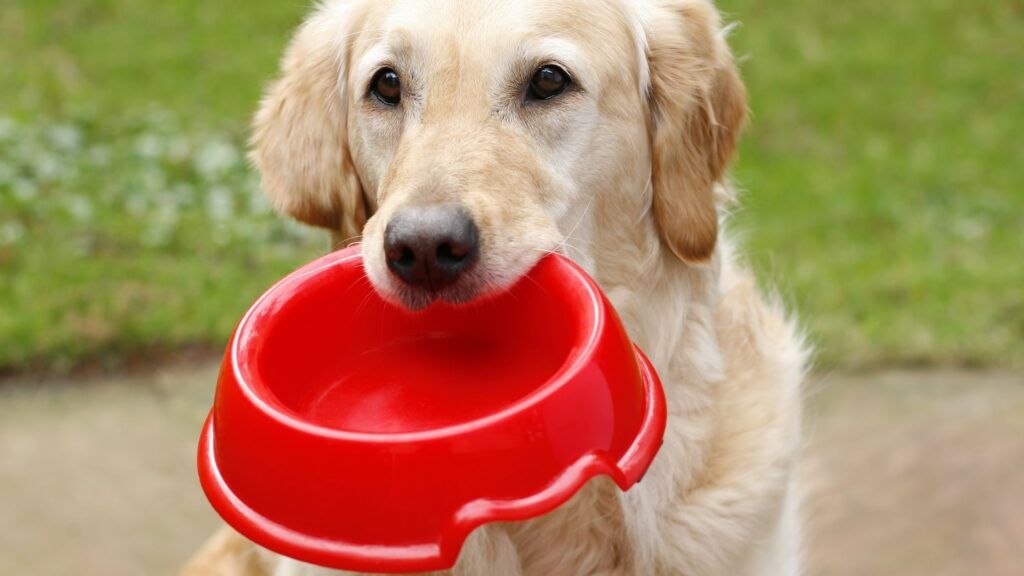In today’s fast-paced world, pet parents are always on the go. Between work, family, and errands, dog bowl cleaning can easily slip down the priority list. However, maintaining clean bowls is crucial for your furry friend’s health. Neglecting this simple task can lead to bacteria buildup, causing digestive problems and other health issues.
Luckily, you don’t need fancy gadgets or harsh chemicals to keep your dog’s bowls sparkling clean. Many traditional cleaning methods are effective, safe, and surprisingly simple. Let’s explore some time-tested hacks that will save you time and money while ensuring your pet’s well-being.
1. Dog Bowl Cleaning: The Vinegar Solution
Vinegar, a natural disinfectant and deodorizer for dog bowl cleaning, is a powerful ally in the fight against dirty dog bowls. Simply mix equal parts water and white vinegar in a spray bottle. After emptying your dog’s bowls, generously spritz the solution inside and out. Let it sit for a few minutes, then scrub with a sponge or brush. Rinse thoroughly with water and allow to air dry.
2. Baking Soda Power:
Baking soda is a versatile household staple with gentle abrasive properties that make it perfect for tackling stubborn stains and odors. Create a paste by mixing baking soda with a small amount of water for dog bowl cleaning. Apply the paste to the bowl, let it sit for 15-20 minutes, then scrub and rinse thoroughly.
3. The Lemon Freshener:
Lemons are not only refreshing but also natural disinfectants. Cut a lemon in half and rub it all over the inside of your dog’s bowl. The citric acid will help break down grime and leave behind a pleasant citrus scent. Rinse well before refilling with water or food.
4. Hot Water Rinse:

For everyday Dog Bowl Cleaning, hot water can work wonders. Simply fill your dog’s bowls with hot water after each use and let them soak for a few minutes. Empty the water and use a sponge or brush to remove any leftover residue. This simple practice can prevent bacteria buildup and keep your bowls fresh.
5. Sunlight Sanitation:
Sunlight is a natural disinfectant and can help kill bacteria in your dog’s bowls. After washing, place the bowls in direct sunlight for a few hours. The sun’s UV rays will work their magic, leaving your bowls sanitized and ready for the next meal.
6. Salt Scrub:
Salt is a natural abrasive that can help remove stubborn stains and buildup. Sprinkle a generous amount of salt on the inside of the bowl, then use a damp sponge or brush to scrub. Rinse thoroughly and allow to dry.
7. Newspaper Wipe:
If you’re in a pinch and don’t have any Dog Bowl Cleaning supplies on hand, a crumpled piece of newspaper can help remove loose food particles and debris. Simply wipe down the bowl with the newspaper before rinsing it with water.
8. Boiling Water Bath:
For a deep clean, place your dog’s bowls in a large pot and cover them with water. Bring the water to a boil and let it simmer for a few minutes. Carefully remove the bowls and rinse them with cool water. This method is especially effective for stainless steel bowls.
9. Rice Rinse:
Uncooked rice can act as a gentle abrasive to clean the inside of your dog’s bowls. Simply add a handful of rice to the bowl along with some water. Swirl the mixture around, allowing the rice to scrub the surface. Rinse thoroughly and pat dry.
Related: Customizing Your Dog’s Feeding Experience with Plastic Bowls: A Comprehensive Guide
10. Dog Bowl Cleaning: Prevention is Key
The best way to keep your dog’s bowls clean is to prevent them from getting too dirty in the first place. Rinse the bowls after each use and wash them thoroughly at least once a day. Avoid leaving wet food sitting in the bowl for extended periods, as this can promote bacterial growth.
Bonus Tip: If you have a dishwasher, you can place your dog’s bowls on the top rack for a convenient and thorough cleaning.
By incorporating these traditional dog bowl cleaning hacks into your routine, you can ensure your furry companion’s bowls are clean, safe, and free from harmful bacteria. Remember, a little effort goes a long way in maintaining your pet’s health and happiness.




